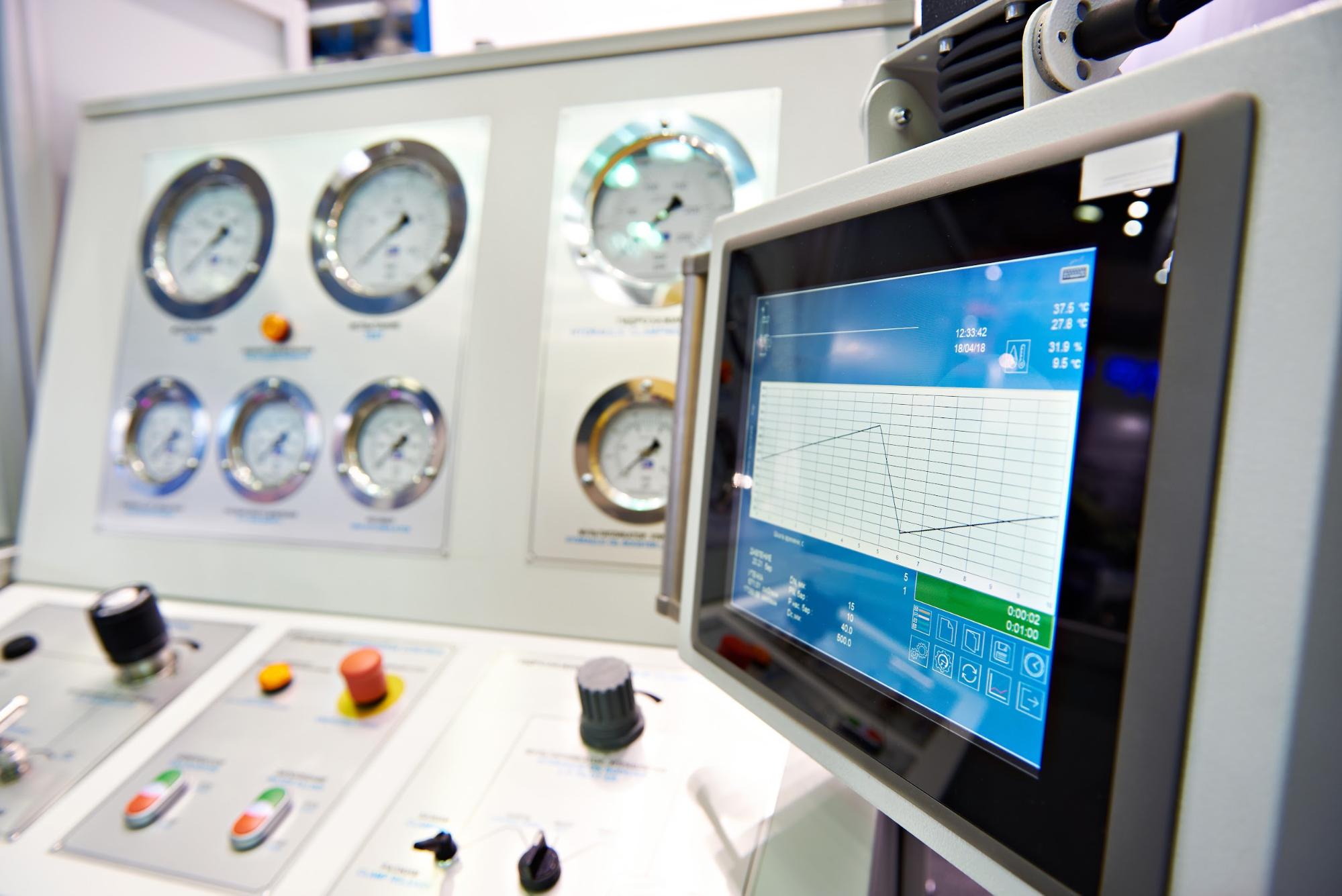Pressure Testing: What Is It and Why Is It Important?
At White House Products Ltd., we specialize in various types of simulation and testing. One of our capabilities is hydraulic pressure testing. We use three on-site test rigs for hydraulic pumps and motors, which record speed, flow, and pressure. These enable us to not only determine whether a product is fit for service, but also identify exact specifications so customers can find the right device for their application.
What Is Hydraulic Pressure Testing?
A hydraulic pressure test, or hydrostatic test, measures the strength of a pressure system and checks for leaks. It is performed on components such as motors, pumps, valves, actuators, hoses, tubing, and fittings. A hydraulic system may be evaluated in different ways. Burst and proof pressure, continuous flow, cracking and reseat pressure, endurance, flow/pressure drop, and hydrostatic pressure are just a few of the variables that may be tested.
What Do Pressure Ratings Mean?

Pressure is one of the most important considerations when choosing hydraulic components. The pressure rating of a device identifies its maximum working pressure. A fitting’s rated working pressure is determined by the lowest pressure rated fitting; the lowest rated working pressure of any component should be considered the maximum working pressure of a hydraulic system.
The Process of Hydraulic Pressure Testing
The basic concept behind hydraulic pressure testing is the hydraulic pressure equation. This is F = P x A, where Force (F) is equal to Pressure (P) x Surface Area (A); or P = F/A with Pressure equal to Force divided by Surface Area. The process generally follows test standards established by the American National Standards Institute (ANSI), International Organization for Standardization (ISO), and other widely recognized organizations.
Pressure testing is generally performed by:
- Filling the circuit: The system is filled with oil or water and the return and drain lines are isolated. Pressure is gradually increased to test the lines.
- Pressurizing the pressure line: Increased to the maximum desired level, the pressure is held for 15 minutes while visual checks of flanges, fittings, and other connection points verify leaks, while the pressure gauge is monitored for pressure loss.
- Pressure Release: Valves are opened to release pressure from the pressure line, which then allows the return and drain line to be pressurized.
- Return/Drain Line Pressurization: Readings at the manifold and opposite end of the pressure line are monitored. If the test is successful, the drain valve is opened to drain the line pressure.
The most common pressure tests include the proof test or non-destructive hydrostatic pressure test, and burst test—a destructive process that tests hose assemblies and adapters at four times the maximum working pressure. An impulse test predicts hose life by testing adapters to at least one million cycles and hose assemblies at a specified bend radius. To evaluate the corrosion resistance of materials, a salt spray test may be performed.
Contact White House Products for In-House Hydraulic Pressure Testing
We employ Autodesk 3D CAD programs and other computer simulation and engineering tools to design hydraulic systems and powerful test equipment to analyze some of the most powerful hydraulics on the market. In addition to engineering services, we also carry leading-brand hydraulic pumps, motors, and components, such as a hydraulic pressure relief valve cartridge, to meet our customer’s needs. Call +44 (0) 1475 742500 to learn more.
Back to blog posts